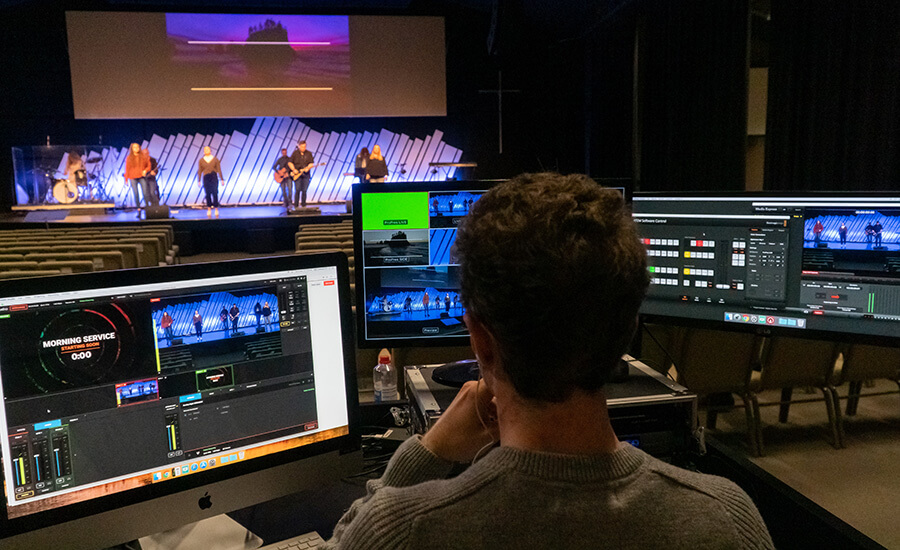Highlighting the Influence of Lighting Circumstances on Motion Detection Precision and Reliability
Highlighting the Influence of Lighting Circumstances on Motion Detection Precision and Reliability
Blog Article
Lighting conditions have a crucial role in the way effectively we can detect motion. Movement detection is a key component of various technologies, including surveillance cameras, automatic illumination systems, and even some video games. Understanding the ways different illumination environments influence our ability to detect motion can help enhance the development and efficacy of these systems. For instance, inadequate illumination can result in overlooked movements or false alerts, while ideal illumination can enhance the accuracy of motion detection technologies.
In well-lit illumination conditions, movement detection is typically more accurate. When there is sufficient light, sensors and cameras can obtain sharper pictures, which helps in recognizing moving objects. Well-lit conditions allow for better contrast between the dynamic element and the background. This differentiation is essential for both human viewers and automated systems, as it facilitates it easier to differentiate between stationary and dynamic objects in a scene. Therefore, making sure that areas are adequately illuminated can significantly enhance the performance of movement detection technologies.
On the other hand, dim conditions can present challenges for movement detection. In dim settings, shadows can hide moving elements, making them hard to perceive. Additionally, the human eye faces challenges to perceive motion in low light, which can result in misinterpretation of navigate to this web-site the situation in the environment. Cameras might also encounter difficulties, as many do not function well in dim conditions without the use of infrared technology or alternative enhancements. These restrictions highlight the importance of sufficient lighting in environments where movement detection is critical.
Additionally, various types of lighting can have different impacts on movement detection. For instance, neon lights can flash, which might mislead motion detection technologies that rely on consistent light sources. On the other use this link hand, daylight provides a steady form of lighting that enhances clarity. Comprehending these differences in lighting types can assist users in choosing the most suitable lighting for specific uses, especially in surveillance and safety scenarios.
In conclusion, the relationship between illumination environments and movement detection accuracy is significant. By ensuring that environments are suitably lit, we can improve the dependability of movement detection technologies. This understanding not only benefits technological uses but also enhances security and safety in various settings. As more developments are made in movement detection systems, taking into account lighting conditions will remain a vital factor in enhancing effectiveness and guaranteeing that these systems work properly in different conditions.